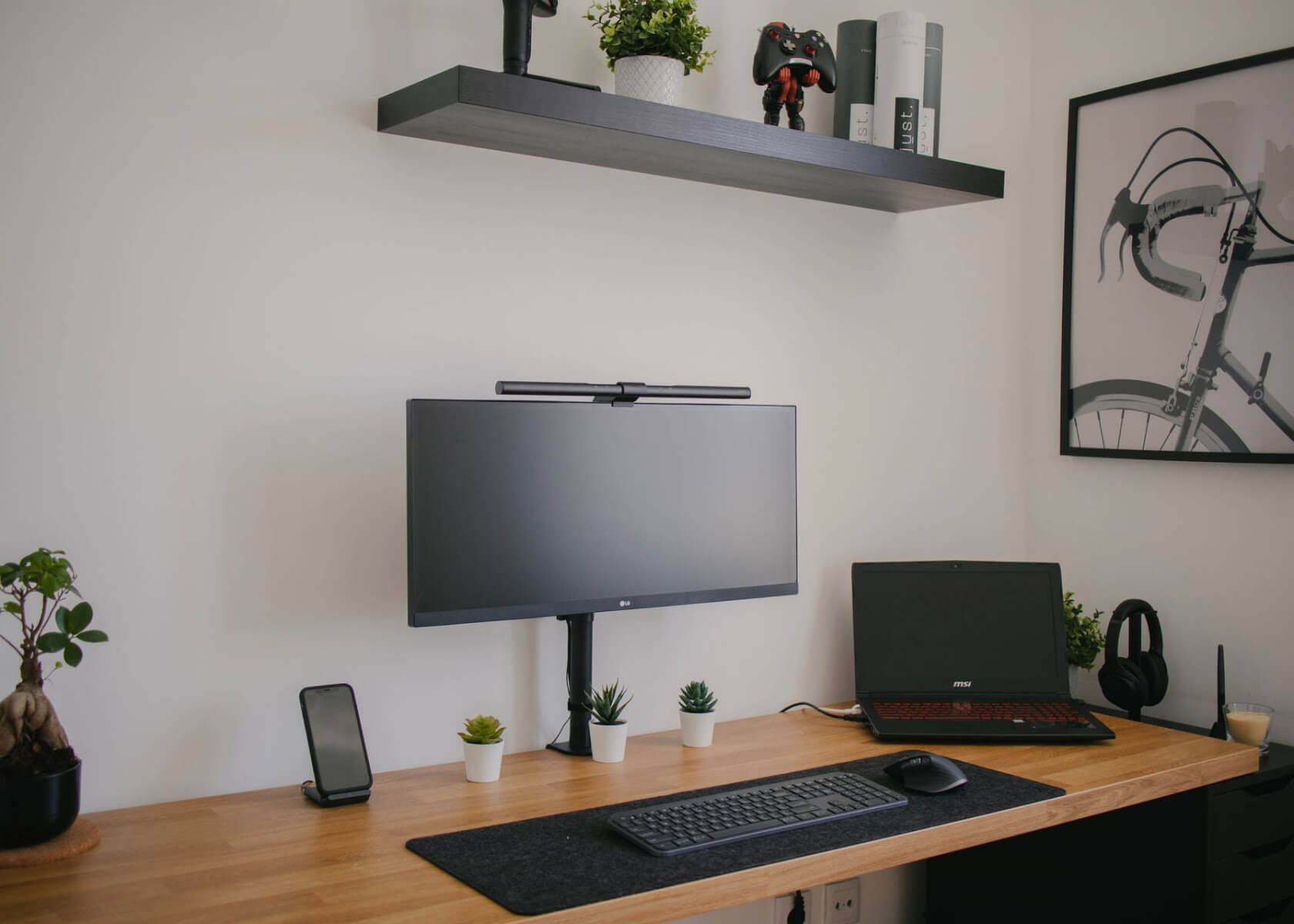Designing an Aesthetic Self-Introduction Template in Notion: Personal & Professional Use

New to Notion?
How to Design an Aesthetic Self-Introduction Template in Notion for Personal or Professional Use
Notion is a powerful productivity tool that allows users to create custom templates for various purposes. One popular use case is designing a self-introduction template. Whether you are using it for personal branding—such as a digital resume or portfolio—or for professional networking, a well-designed self-introduction template can make a lasting impression. This article guides you through designing an aesthetic self-introduction template in Notion, updated with current features and best practices.
Step 1: Define Your Purpose and Content
Before diving into the design, clarify the purpose of your self-introduction template and determine which content to include. Consider whether it will serve as a personal showcase or a professional networking tool. This focus will influence your template structure.
Consider including sections such as:
- Introduction: Your name, title, and a short bio.
- Education: Academic background, degrees, and certifications.
- Work Experience: Professional experience, organizations worked for, and notable achievements.
- Skills: Key strengths or expertise areas.
- Projects: Descriptions or examples of noteworthy projects.
- Contact Information: Details like your email address, phone number, or social media handles.
Step 2: Choose a Notion Page Template
Notion offers various built-in page templates as well as access to the Notion Template Gallery. These templates can serve as excellent starting points for your self-introduction design. To create a new page from a template, follow these steps:
- Open your Notion workspace and click the + New button.
- Select Page from the options.
- Browse through the available templates or search using keywords that fit your needs.
- Click on a suitable template to open a new page based on that design.
Notion continuously updates its library of templates with new layouts and design improvements, so check regularly for enhancements that can elevate your template.
Step 3: Customize the Template Structure
Once you’ve selected a template, customize its structure to meet your self-introduction needs. Here are some practical tips:
- Use Dividers and Headings: Clearly separate sections with headings and dividers to enhance readability.
- Add Columns and Grids: Leverage Notion’s flexible layout features to arrange content neatly—for example, placing education and work experience side by side or using grids for project thumbnails.
- Include Icons or Images: Personalize your page by adding icons from Notion’s built-in library or uploading custom images to reflect your personal or professional brand.
- Link to External Resources: If you have an online portfolio, LinkedIn profile, or other relevant digital platforms, integrate them by adding links.
Step 4: Design and Formatting
Now comes the creative part—designing and formatting your template to ensure it is aesthetically appealing and user-friendly. Consider these design strategies:
- Choose a Suitable Font: Notion currently offers the default, serif, and sans-serif options. Pick one that mirrors your personal or professional style.
- Use Consistent Colors: Decide on a color palette that complements your content. You may use your brand colors or a scheme that brings visual harmony across the template.
- Add Visual Elements: Incorporate icons, illustrations, or graphics that enhance your content without causing clutter. Use visuals to emphasize important sections.
- Align and Space Elements: Maintain a clean layout by using Notion’s alignment features and spacing options. Consistent margins and whitespace improve clarity.
- Optimize for Mobile: With many users accessing Notion on various devices, test your design on mobile screens. Adjust layouts as needed so that content remains accessible and attractive.
- Utilize Notion AI: If available in your workspace, use Notion AI to refine text, generate content suggestions, or propose layout improvements. This tool can provide insights and save time while enhancing your template.
Step 5: Test and Refine
After designing your self-introduction template, it’s important to test and refine it. Follow these steps:
- Preview the template on both desktop and mobile devices.
- Ask for feedback from friends or colleagues.
- Make adjustments for clarity, functionality, and visual appeal based on the feedback.
By taking the time to test and refine your template, you ensure that it is both practical and engaging.
Conclusion
Designing an aesthetic self-introduction template in Notion is an excellent way to showcase your skills, experience, and personality in a clear and visually appealing format. By defining your purpose, choosing and customizing a template, fine-tuning its design, and testing it across devices, you create a memorable introduction for personal or professional use. A well-crafted template not only helps you stand out but also makes a strong first impression in any setting.


